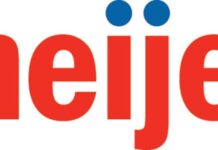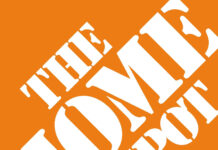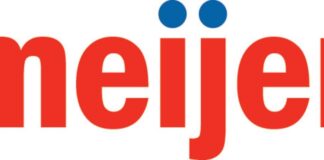WASHINGTON, April 25, 2016 /PRNewswire-HISPANIC PR WIRE/ — Today, the Federal Emergency Management Agency (FEMA) and National Oceanic and Atmospheric Administration’s (NOAA’s) National Weather Service (NWS) urge Americans to take actions to prepare for a wide array of hazards by developing a family communication plan and downloading alerts and learning about local hazards. FEMA is encouraging people to take these actions in conjunction with America’s PrepareAthon!SM, a grassroots, community-based campaign for action designed to increase preparedness and resilience.
Experience the interactive Multimedia News Release here: http://www.multivu.com/players/English/7770531-fema-national-prepareathon/
America’s PrepareAthon! provides an important opportunity for individuals, organizations and communities to take action to prepare for specific hazards through group discussions, drills and exercises. Visit the America’s PrepareAthon! website, ready.gov/prepare, to register your participation, for more information, and to sign up.
“Some disasters come with warning and others with little or no warning,” said FEMA Administrator Craig Fugate. “Families, businesses and organizations need to prepare today – know your hazards, assemble supplies and practice what to do in case a disaster strikes.”
According to NOAA, flooding, which can occur anywhere in America, proved to be the most costly hazard in 2015, putting people at risk and costing more than $2.7 billion in damages. Natural disasters left a destructive mark in 2015, putting people at risk and causing approximately $4.8 billion in damages.
“People can improve America’s resilience to extreme weather by knowing their risk, having quick access to weather forecasts and making a plan to follow when forecasters issue a warning,” said Louis W. Uccellini, Ph.D., director of NOAA’s NWS. “We urge everyone to take a moment this weekend to review weather safety information, develop or update their family communication plan and check to make sure their emergency kit is ready for severe weather season.”
FEMA offers free, easy-to-use guides, checklists and resources to help individuals, organizations and communities practice the simple, specific actions they can take for emergencies relevant to their area. Examples include:
- Create a family emergency communication plan. Visit ready.gov/prepare and download Be Smart. Take Part: Create Your Family Emergency Communication Plan. Collect the information you need, decide on the places you will meet in case of an emergency, share the information with your family and practice your plan.
- Download the FEMA app for disaster resources, weather alerts and safety tips. Earlier this month, FEMA launched a new feature to its free smartphone app that will enable users to receive push notifications to their devices to remind them to take important steps to prepare their homes and families for disasters. The app also provides a customizable checklist of emergency supplies, maps of open shelters and open recovery centers, tips on how to survive natural and manmade disasters, and weather alerts from NWS for up to five locations across the nation.
- Sign up for local text alerts and warnings, get the latest forecast at weather.gov and download weather apps to stay aware of worsening weather conditions. Visit ready.gov/prepare and download Be Smart: Know Your Alerts and Warnings to learn how sign up for local alerts and weather apps that are relevant for hazards that affect your area.
- Gather important documents and keep them in a safe place. Have all of your personal, medical and legal papers in one place, so you can evacuate without worrying about gathering your family’s critical documents at the last minute. Visit ready.gov/prepare and download Be Smart: Protect Your Critical Documents and Valuables for a helpful checklist.
America’s PrepareAthon! was established to provide a comprehensive campaign to build and sustain national preparedness as directed by Presidential Policy Directive-8. The campaign is coordinated by FEMA in collaboration with federal, state, local, tribal, and territorial governments; the private sector; and non-governmental organizations.






